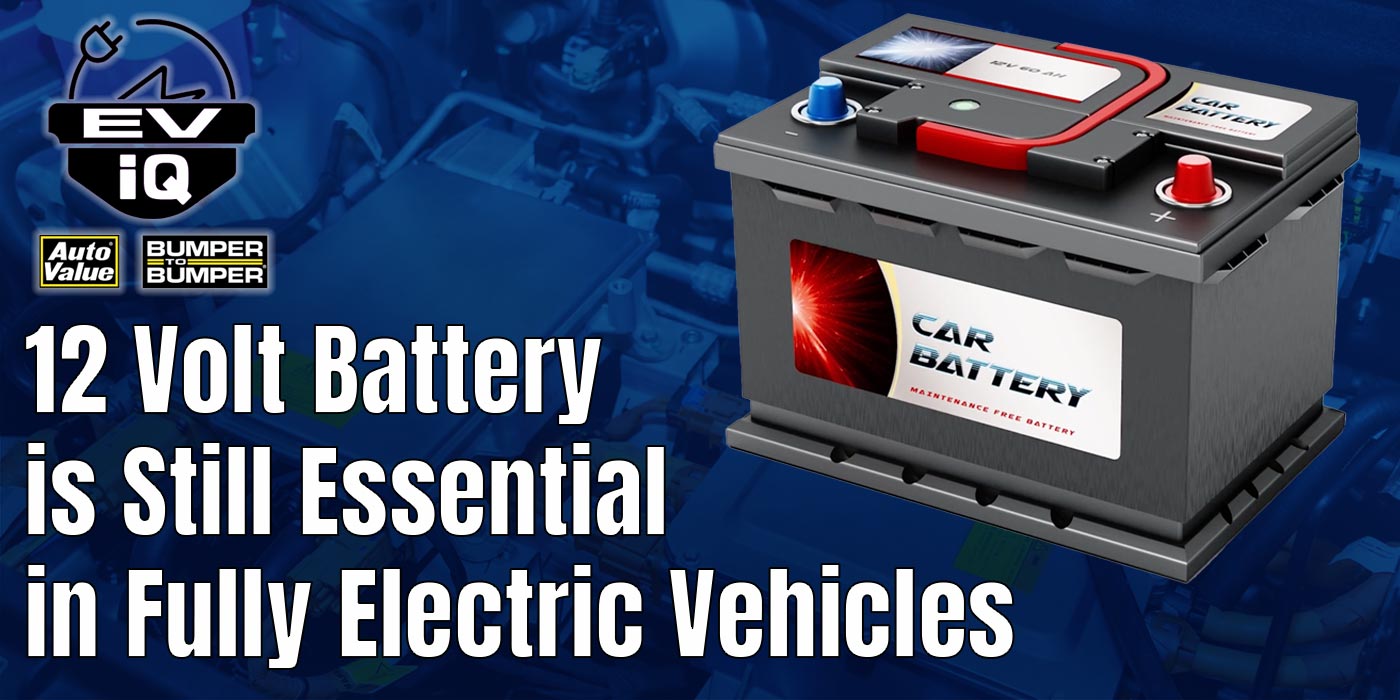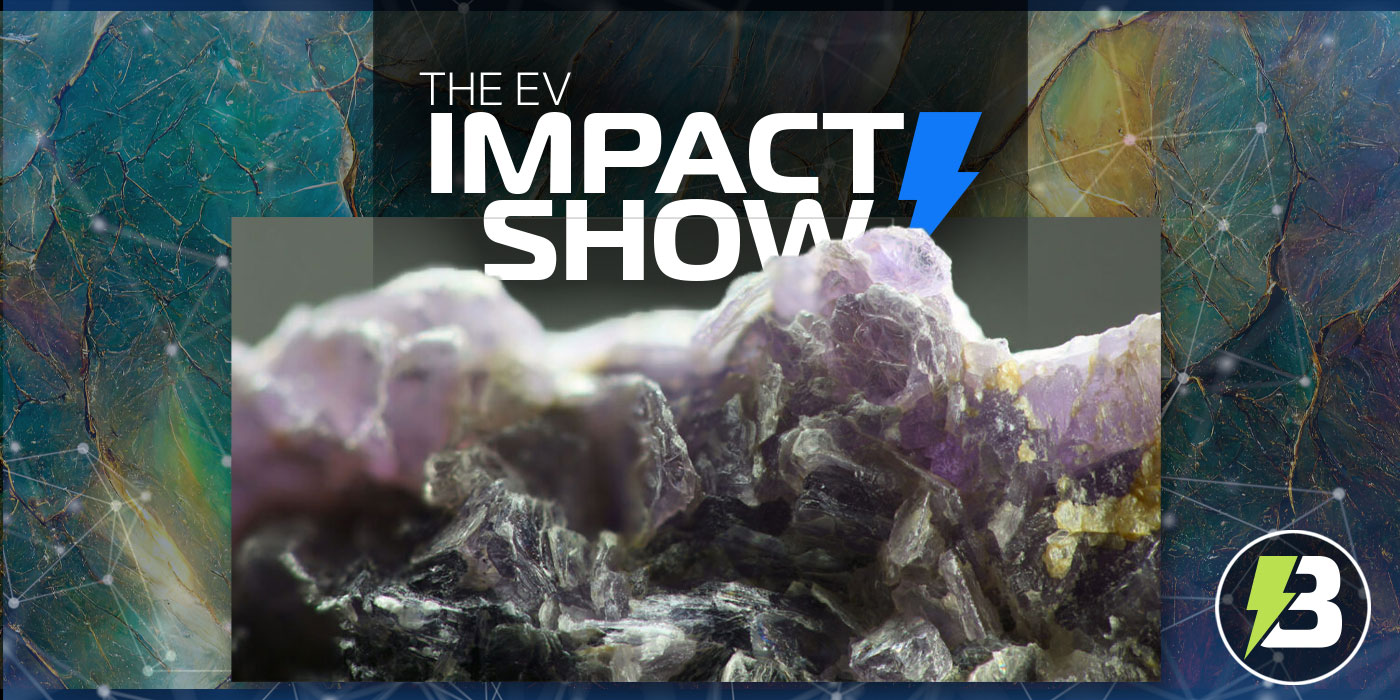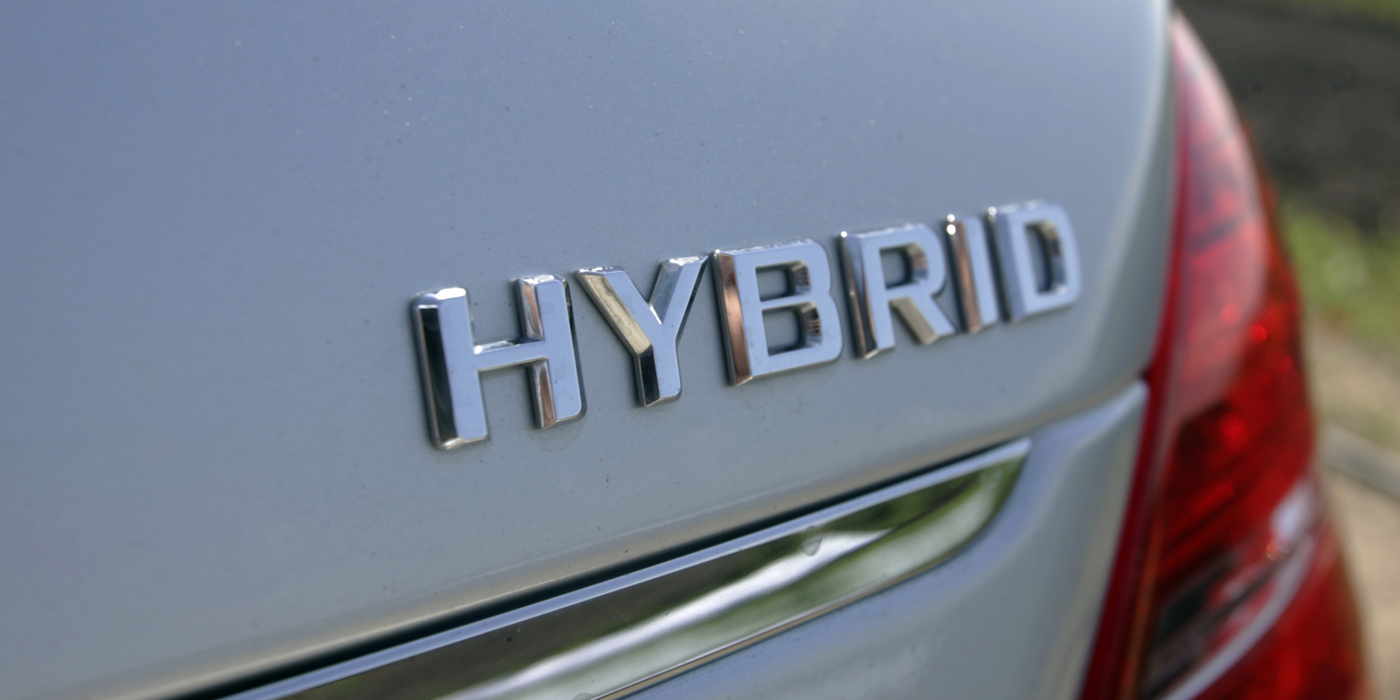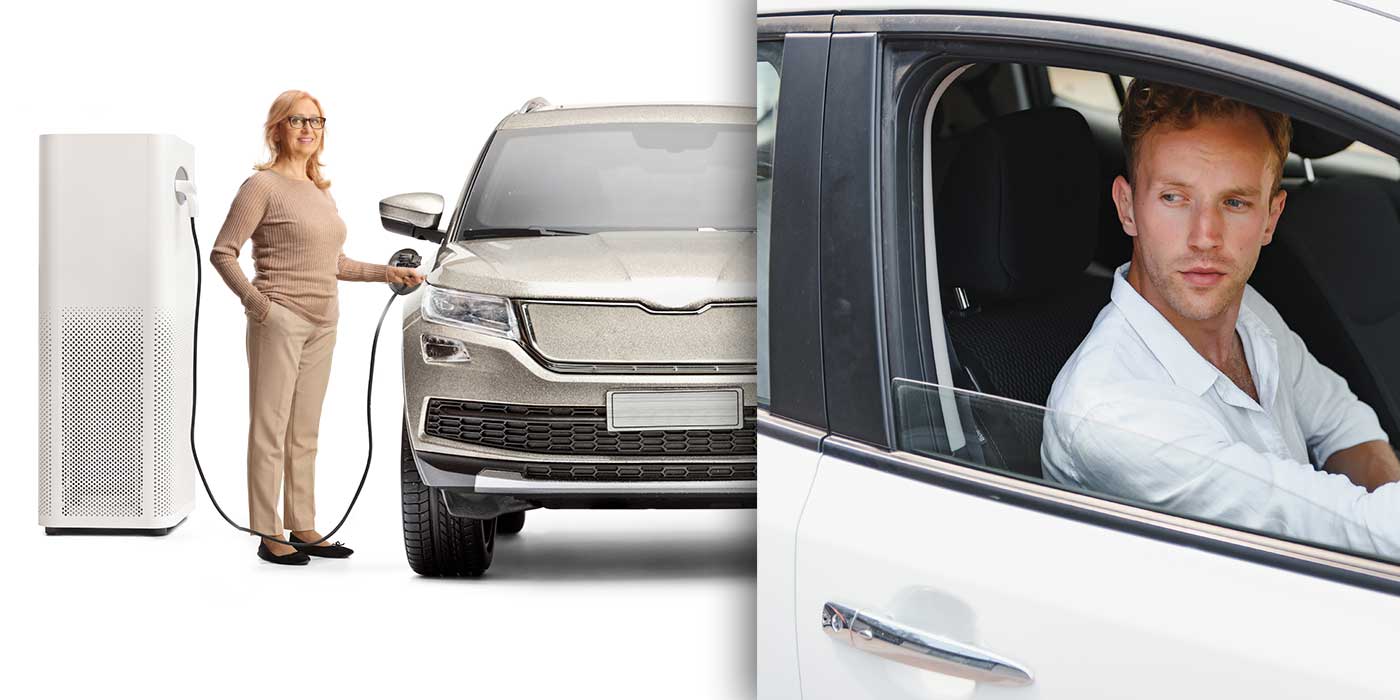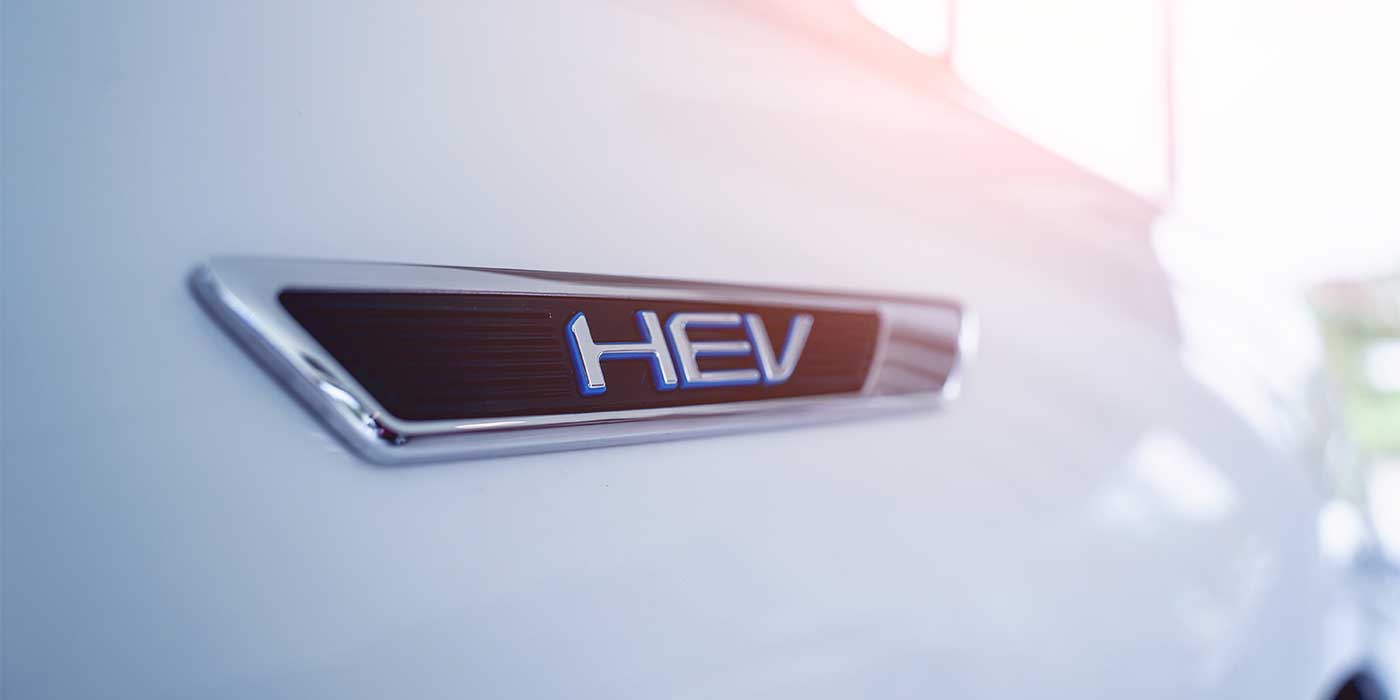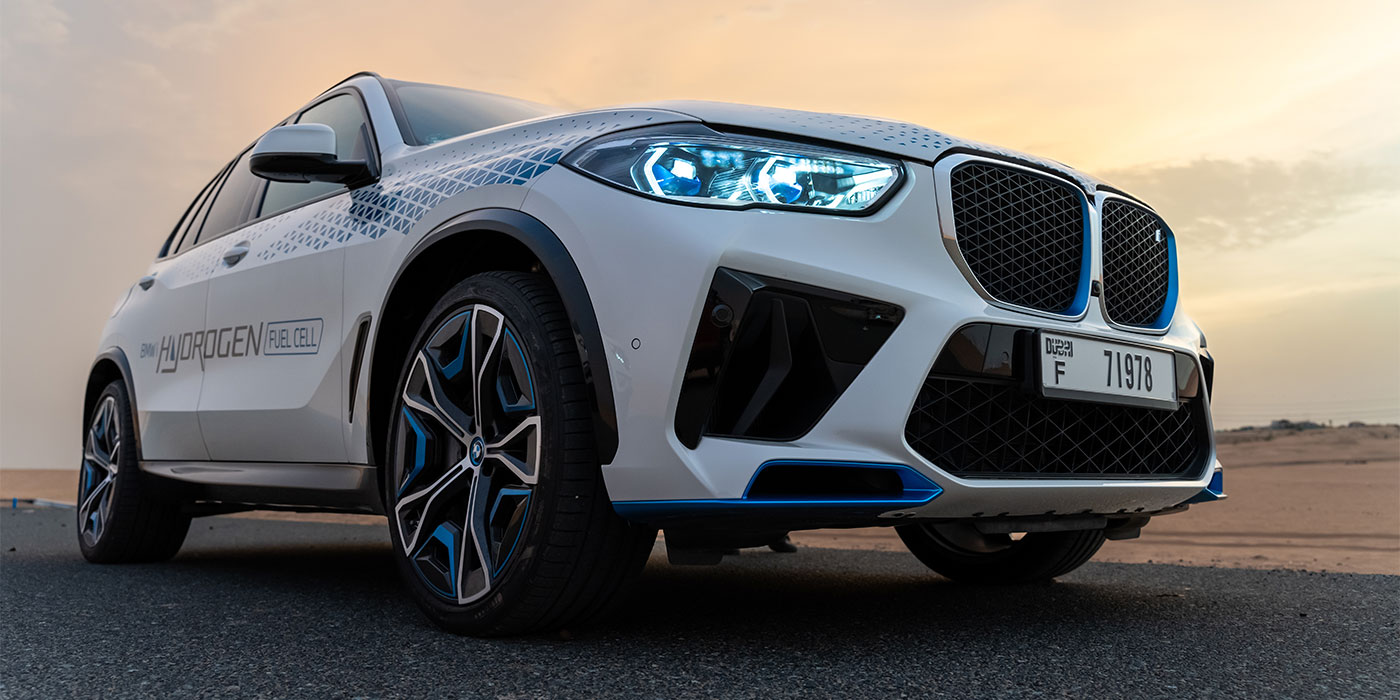There’s a lot of interest in EVs out there, but fully electric vehicles have a long way to go before they become the majority favorite. A recent article from Business Insider suggests that EVs made up about 10% of global auto sales last year, and the U.S. was just under 6%. The fact is that internal combustion engine vehicles simply dominate roadways in the vast majority of countries around the globe, and especially here in the U.S., will continue to dominate future vehicle purchase decisions this decade.
So why are drivers holding back on pulling the trigger and making their next car an all-electric one? Honestly, the list is nearly endless, especially if you factor in social and political drivers.
So, let’s say you have a consumer who is at the dealership buying their first car. They’ve done no research whatsoever and have no predisposition toward one drivetrain or the other. If you look at the data, today, there’s a solid chance this consumer is still going to drive home in an ICE vehicle. And studies tell us time and again that the No. 1 reason for this is simply based on price.
Want more EV Impact Show? Click here.
Deloitte’s recent “2023 Global Automotive Consumer Study” tells us that in the U.S., 52% of those surveyed said that price is their top concern. This is reflected in a similar recent study conducted by tire maker Michelin, where affordability ranked as the No. 1 concern by survey takers, despite 67% saying driving performance is better with EVs over traditional ICE vehicles.
It isn’t just about the sticker price, though. The Deloitte study shows that lower fuel expenses are the top reason consumers who own an EV chose their EV, and that held true in the U.S., Germany, India, Japan, the Republic of Korea and Southeast Asia.
So, the price of the car and the price of fuel reign supreme, and right now EV prices still land too hard in the “premium” category for the majority of drivers. But, speaking of fuel, charging concerns are another top-of-mind consideration for today’s driver.
One of the perks of driving an EV is the ability to fuel up at home, but 50% of U.S. consumers still say they are willing to spend between 20 and 60 minutes charging their vehicle at a public charging station to bring their battery to 80%. However, among those planning to primarily charge their vehicles at home, 51% of U.S. consumers say they’re cool with leveraging traditional power grids to get the job done, compared to 66% who said the same in 2022. This points to an increased understanding and desire for using renewable power like solar when it comes to charging.
Now, one last thing to mention before I go, is that in Michelin’s survey there, naturally, happened to be a lot of questions about tires. Interestingly, only 41% of drivers who currently drive an ICE vehicle but want their next car to be an EV are worried about needing to replace their tires more frequently with an EV.
Keep in mind, and we’ve actually studied this – EVs will typically eat through tires much faster than their ICE counterparts. That’s why spec’ing tires specifically made for EVs is so important. This stat goes to show that despite adoption rates slowly growing, there’s still a lot to learn when it comes to EVs.


